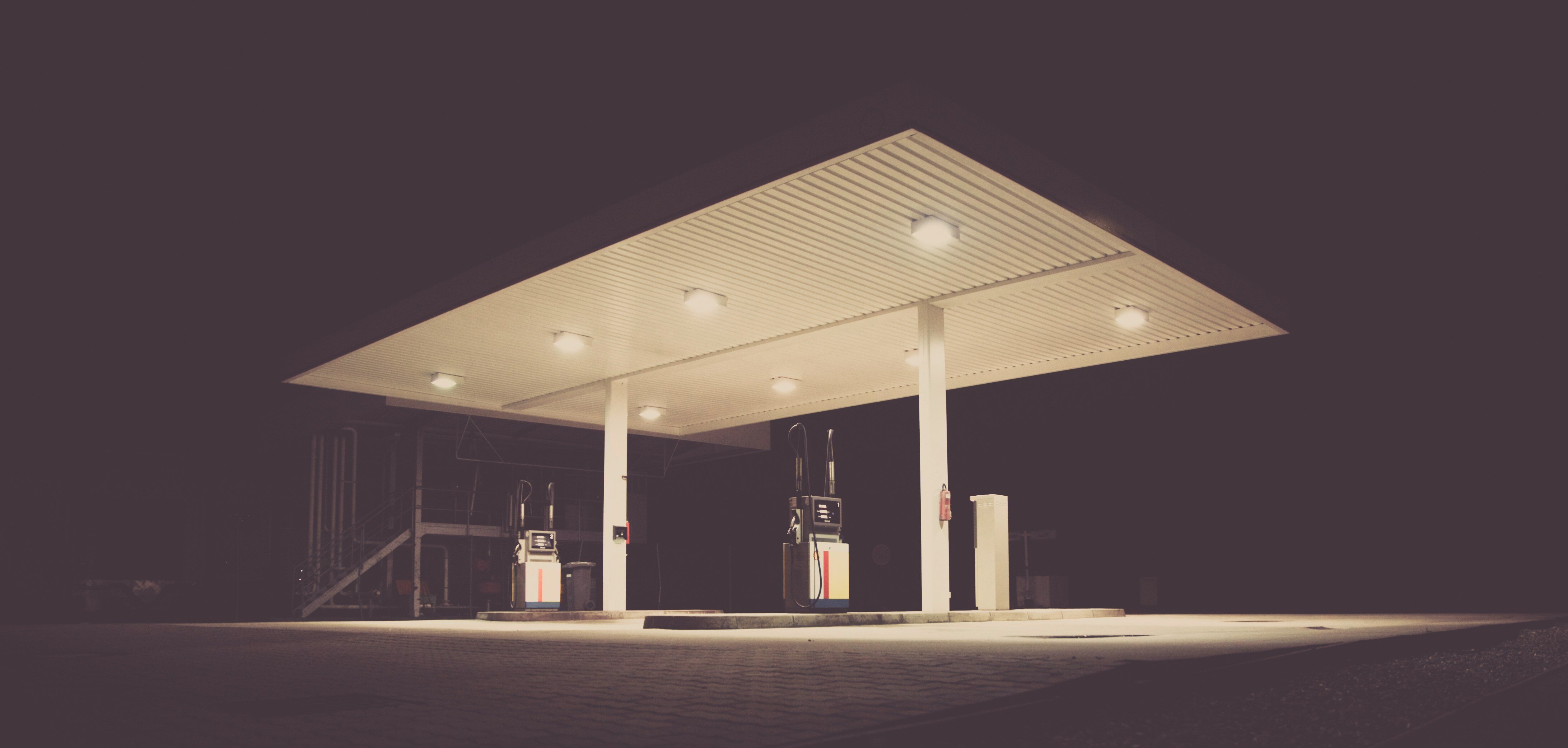"There's no such thing as a free lunch." – This is the classic proposition of economics, famously popularized by Milton Friedman, the renowned American economist, making it a part of pop culture1, vividly illustrating the economic concept of opportunity cost. The complete expense of acquiring, maintaining, and consuming any good must eventually be borne by someone2. Often, the paying party does not coincide with the party benefiting from the good, leading to the phenomenon of the "free rider," which frequently results in the "tragedy of the commons." The payment and consumption may significantly diverge in time, yet the unpaid cost eventually surfaces in other forms, significantly and shockingly impacting their lives, and must be settled down to the last penny3. Eventually, it becomes clear that there truly is no possibility of a free lunch. This article examines the question of how much the societal cost is for carbon emissions that we currently do not pay.
What Exactly is Carbon Pricing?
The phenomenon described in the title often arises in the case of public goods, where economic agents are frequently unwilling to voluntarily cover social costs. Environmental pollution, particularly the emission of greenhouse gases, and the resulting climate crisis are typical instances of "free rider" problems. The "commons" itself is the Earth's climate, and its tragedy is the rapid and adverse climate change, briefly referred to as the impending climate catastrophe. In the case of carbon pollution, the price we currently do not pay is the cost of avoiding the future social costs associated with atmospheric carbon pollution4. The societal cost of carbon pollution, measured in CO2 equivalents, expresses the collective effort, in various forms and ways, caused by adverse climate changes resulting from a ton of carbon emissions (tCO2e), to ensure the sustainability of our society and well-being. This includes various expenses: from the costs of decarbonization technology transition, through agricultural damage and flood protection, to the introduction of new agricultural cultures and water retention, all the way to the rapidly increasing costs of social crisis management, or even the cost of managing the increasingly hot topic of migration.
The theory of equilibrium carbon pricing expresses what price consumers should pay for every ton of emitted carbon dioxide, incorporated into the prices of goods and services through the supply chain, to ensure that these significant additional costs do not or only minimally occur in the future. In short, this is the price to prevent our children and grandchildren from painfully paying the price of the climate catastrophe in the future. According to the theory, carbon prices should converge to the present value of the social costs associated with carbon emissions.
The actual carbon price is determined in the carbon market, where the price is received by green investors who contribute to achieving climate mitigation goals through their green investments, thus reducing the amount of greenhouse gases entering the atmosphere or removing and sequestering them. While carbon prices are paid by economic agents in a carbon trading system (or, in a worse-case scenario, through carbon taxation), who are unable to reduce their emissions at the current technological level. The prices of the products and services they produce do not reflect the actual costs without paying the equilibrium carbon price; they are too cheap, so we consume them in greater volumes than our possibilities allow. Therefore, a redistribution operates in the carbon market, where the system rewards the green investor and encourages further green investments, while punishing the high emitter, increasing the cost of their polluting products, thereby reducing their consumption. In the case of equilibrium carbon pricing, the volume of green investment generated is just sufficient to achieve climate goals, and the system is capable of self-regulation. If carbon prices do not reach this equilibrium level, then fewer green investments will be made than necessary, and we will not be able to avoid the radical increase in social costs in the future, jeopardizing our well-being, our social structure, and ultimately our security.
How Much Should We Pay and How Much Are We Actually Paying?
The level of equilibrium carbon pricing depends on our expectation of how much climate change we are willing to tolerate while keeping our society intact and not fatally damaged. Scientists express this tipping point in Celsius degrees relative to the pre-industrial era, concerning the increase in Earth's average temperature. At the 2016 Paris Climate Summit, the world's political leaders set this tipping point at 1.5°Celsius, beyond which social costs exponentially increase, and therefore pledged to introduce measures to keep warming below this level5. However, this has now become the most optimistic scenario, with significantly higher estimates approaching or exceeding a temperature increase of 3°Celsius, so predictions beyond the tipping point have become part of everyday reality.
Several significant international institutions and analytical companies have already issued their estimates regarding equilibrium carbon prices, which vary widely but agree on one thing: they often exceed the actual carbon prices prevailing in the carbon market today. The U.S. government (EPA) uses several models and scenarios: according to them, carbon prices are estimated to range between 140 and 460 USD in the 2030s, with a median value of 250 USD6. According to the International Energy Agency (IEA), carbon prices in developed countries are expected to range between 130 and 205 USD, while in developing countries, they are expected to range between 90 and 160 USD7. BCG places the carbon price associated with the tipping point between 150 and 200 USD8. McKinsey provides estimates based on mitigation strategies; the smaller the targeted increase in average temperature expressed in °C, the more aggressive carbon pricing is needed9. The forecast ranges from 180+ USD for the 1.5°C warming trajectory from the Paris Agreement (when every country adheres to its commitments), through the 100-180 USD range for the more likely 1.5-2.3°C range (when only developed countries adhere to their commitments), down to average prices ranging from 60-90 USD for changes reaching up to 3°C (when practically no country adheres to its commitments).
This latter estimate also represents the current trajectory: at present, every actor is playing for the free lunch. Even in the EU, which boasts the most developed carbon market, the carbon price has practically remained in this lower pricing range in the past 3 years in the compliance market (EU ETS): its latest value on April 30, 2024, was 68.5 EUR/t10, which is 73.2 USD per ton. Since regulated carbon markets operate in only 40+ out of the 200+ countries in the world (with the overwhelming majority being EU countries), carbon emissions redemption is worth even less elsewhere. In the absence of regulated markets, only the voluntary carbon market provides estimates of carbon prices11: in this market, the end-user carbon price was approximately 8.3 USD per ton in 2023 (about three times the world average: 25.4 USD) per ton. The actual carbon price has not increased compared to 2022; furthermore, it is only a fraction of the level necessary to achieve a breakthrough in climate mitigation. We act as if there were a free lunch: currently, even Europe only pays the carbon price for a scenario approaching 3°C, and it is better not to talk about regions outside the old continent, they behave as if there were no tomorrow...
What Will Happen Then?
The question is pressing from within: what will happen if everything remains the same, and we still do not pay the real cost of carbon pollution in the prices of goods and services? Will Joe Black come for us and bring our doomsday? I myself do not believe in scenarios like "doomsday." I believe that if we do not act in time and appropriately, a long, decades-long stagnation, a gradual economic and social decline will occur. Unfortunately, this is no longer just a future tense; we have been in this decay for quite a few years now: in modern social history, the generation of our children is the first whose expected standard of living falls below that of their parents. Agricultural production and consequently food prices are increasing at an accelerating pace; the cost of international transportation is rising drastically, continually raising the price level of goods and industrial raw materials entering the global market; service and utility prices are skyrocketing globally; the geopolitical situation is becoming increasingly tense. Adaptation occurs through prices, impoverishing huge masses, and we may reach a point where only a spark is needed for social explosions, migration crises, and wars aimed at redistributing scarce resources.
This must be avoided at all costs while it is still possible. It is very difficult to pay for something we have not paid for before, but we must start sometime, and that time is now. Products and services will become significantly more expensive if carbon pricing is incorporated at the equilibrium level into prices. In the short and medium term, we will live worse because of it, but in return, we will win the opportunity for a quality life for our children and grandchildren. This is mainly why I embarked on my technological startup, promoting the green transition and the spread of market carbon pricing, because I have not only a moral but also a biological obligation to my three children. Therefore, we must call the waiter and ask for the lunch bill: "Sir, I'll pay!"
References
(1) https://www.goodreads.com/work/quotes/151892-there-s-no-such-thing-as-a-free-lunch
(2) https://en.wikipedia.org/wiki/No_such_thing_as_a_free_lunch
(3) https://en.wikipedia.org/wiki/Free-rider_problem
(4) https://unfccc.int/about-us/regional-collaboration-centres/the-ciaca/about-carbon-pricing
(5) https://unfccc.int/process-and-meetings/the-paris-agreement
(6) https://www.epa.gov/system/files/documents/2023-12/epa_scghg_2023_report_final.pdf
(7) https://iea.blob.core.windows.net/assets/deebef5d-0c34-4539-9d0c-10b13d840027/NetZeroby2050-ARoadmapfortheGlobalEnergySector_CORR.pdf
(8) https://www.bcg.com/publications/2023/why-vcm-buyers-will-pay-for-quality
(9) https://www.mckinsey.com/industries/oil-and-gas/our-insights/global-energy-perspective-2023#/
(10) https://ember-climate.org/data/data-tools/carbon-price-viewer/





